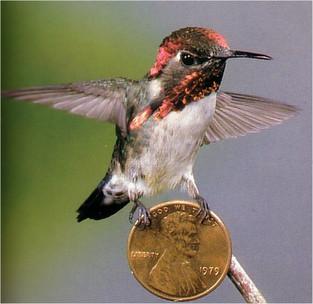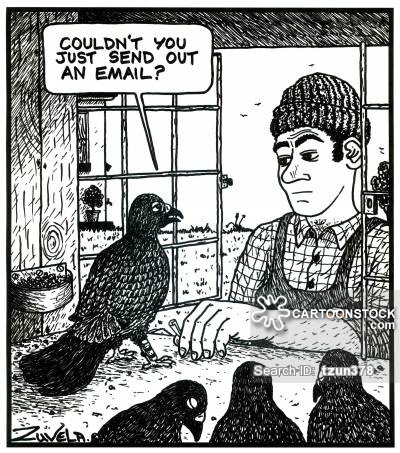What do you think?
Rate this book


352 pages, Hardcover
First published April 12, 2016




 THE BIRDS will be a prediction not a cautionary tale.
THE BIRDS will be a prediction not a cautionary tale.Some say vocal mimicry in birds is more like the Batesian version of mimicry: The monarch butterfly mimics the wing design of the toxic viceroy butterfly to warn would-be predators, “Eat me and you’ll die.”